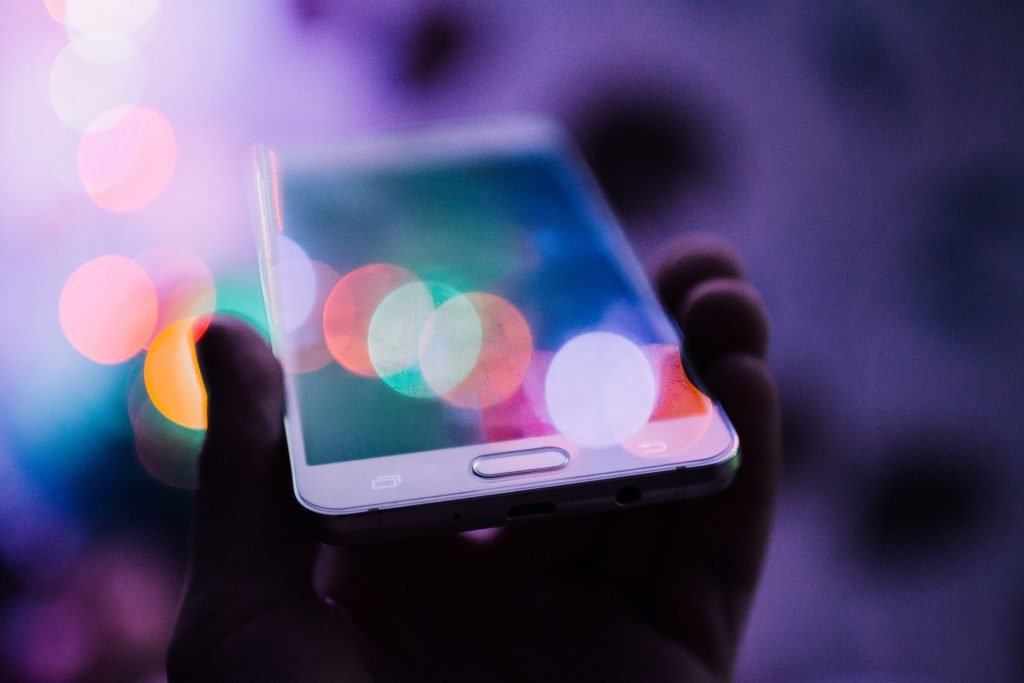We will discuss the importance of haptics in your smartphone in this brief blog article. We will also provide you with relevant examples.
Your Smartphone Has Haptics
You may not have purchased the latest smartphone with haptic feedback, but you have probably noticed it. In every way, the haptic experience given differs in quality. The feedback drum appears to have a dozen phones in it, and the buzzing vibration makes you turn it off totally. But does it really matter?
More than you might believe. This not only represents the phone’s quality, but it can also increase the phone’s functionality in specific circumstances. Here are a few reasons why you should consider touch as a crucial feature when purchasing a phone. You’ve performed tasks like B. typing or reaching the end of the list, which is very beneficial in practise. When the “pull to refresh” instruction is triggered (which is very beneficial for social media), they know to stop scrolling.
Benefits of Haptics
They may even save you the hassle of having to look at the screen. The more intuitive the phone is, the better the touch. When scrolling in the drop-down menu on the iPhone, for example, there will be a little tick, making it simpler to pause for the exact item you require. The tactile sense is similar to the high refresh rate display, which helps enhance response time by reducing the amount of time spent staring at the phone.

Even for accessibility, compatibility is essential. Tactile vibration may be the best way to confirm this if you are sight challenged. Use the key or the user interface to navigate. Both Apple and Google agree that physical feedback is vital when audiovisual cues are lacking. These vibrations will serve as a reminder of missed calls or error notices. A good touch may be necessary for some folks.
They improve the quality of your experience. There’s also a basic rationale for improving haptic feedback that’s harder to quantify: it makes your phone more engaging. Tactile feedback is used to enhance the interaction effect compared to contacting the dead glass to some level. Isn’t it supposed to be as difficult as possible?
Haptics Experience on Smart Phones
A good haptic system may offer a richer experience, whether it’s the touch engine in the iPhone or the engine in the Huawei Mate 40 Pro. It’s more likely that your phone will reply to you or even reboot. It brings your phone to life, but a good touch may transform it into something more than just a piece of glass and metal. I’d venture to say that the technology is reliable and intriguing. To feel those little touches, go through the list or compose a long message. Furthermore, it can make a significant difference in mobile gaming. As previously stated, haptic feedback might distort your experience of the device. Even if the phone is not pricey, subtle and accurate feedback might increase its perceived quality.
More about Hardware Stuffs
Even the most costly mobile phones can be made cheaper by using the buzzing and buzzing mechanism. Finally, it reflects the meticulous attention to detail. If a firm pays attention to the phone’s tactile feedback, they may pay attention to the rest of the hardware as well. As a result, we should encourage our chosen mobile phone manufacturers to put up more effort.
Conclusion
Get more information on haptic feedback. This not only enhances the phone’s quality, but it also drives companies to think about the whole design. Even if you dislike touch, you can upgrade your smartphone to one that allows you to appreciate technology without it.

